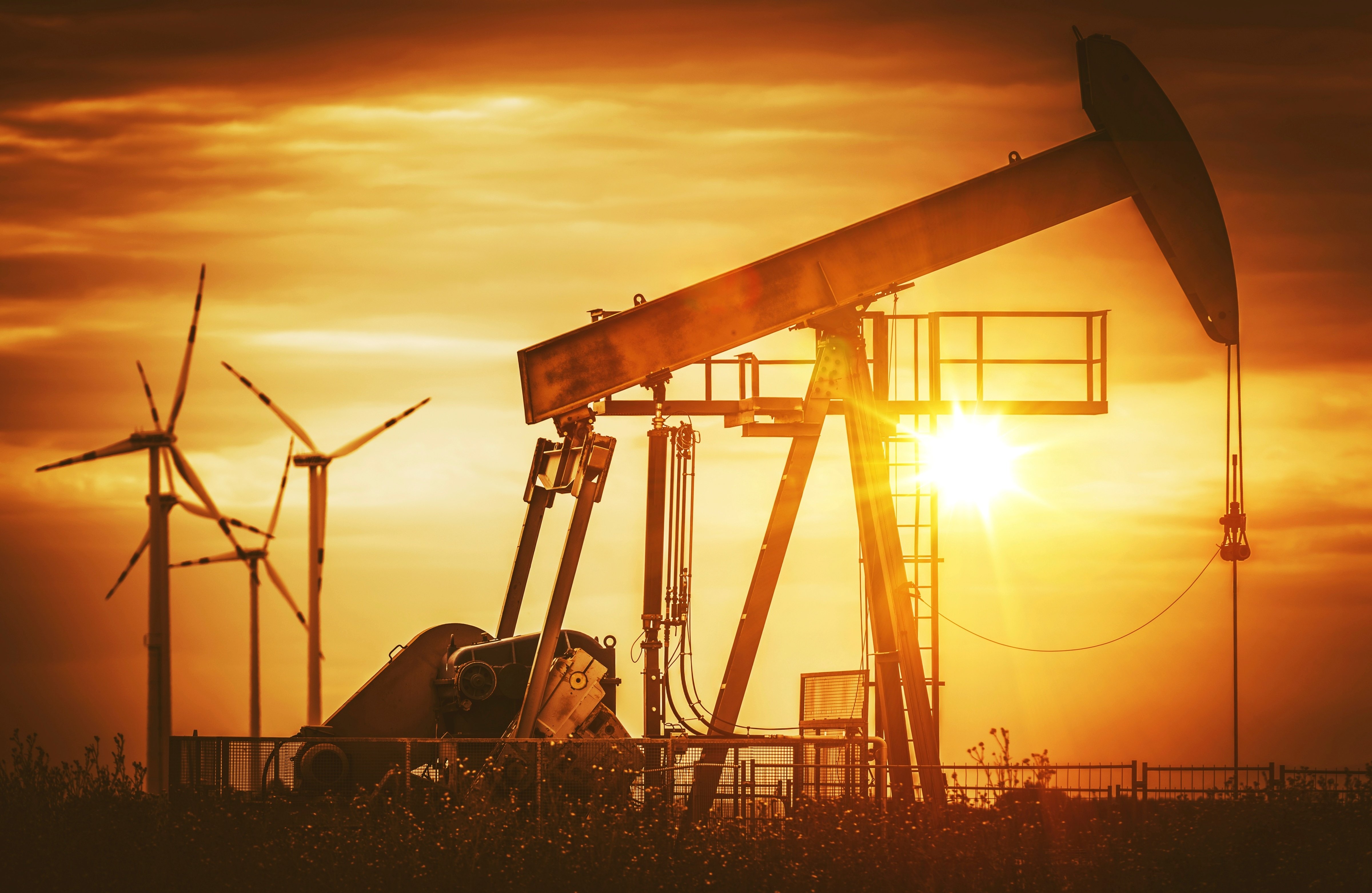Fossil Fuels

 They are the world’s primary energy source. They are non-renewable and can’t be replenished in a short period of time. Burning them causes air pollution, which contributes to acid rain, smog and global warming.
They are the world’s primary energy source. They are non-renewable and can’t be replenished in a short period of time. Burning them causes air pollution, which contributes to acid rain, smog and global warming.
They are fossil fuels—coal, oil and natural gas that are burned to produce electricity or refined for use as heating or transportation fuel.
Fossil fuels have been around for millions of years, even before dinosaurs ruled the Earth. They were also once alive, as they are formed from the remains of plants and animals that are buried under layer upon layer of mud, rock and sand.
Fossil fuels have driven U.S. and global development over the last century, but given their current consumption levels, over the next 100 to 200 years their use will end. Just like the mighty dinosaur, fossil fuels will become extinct.
We are so dependent upon fossil fuels, imagine how different your life would be if they suddenly disappeared. One thing’s for sure, you’d be getting in your daily 10,000 steps.
Let’s take a look at some interesting facts on this major energy source that among other things, heats and cools our homes, turns night into day at the flip of a switch and gets us where we’re going—and one we all too often take for granted.
Coal
- Coal consists mostly of carbon
- The U.S. has the most coal reserves, while China is the biggest producer and consumer
- Coal can be gasified to form a synthetic fuel that resembles natural gas and can be liquefied to make a synthetic crude oil
- Coal was first used to generate electricity for homes and factories in the 1880s
- Coal generates about 50% of the electricity in the U.S.
- Each person in the U.S. uses around three tons of coal each year
- Nine out of ten tons of coal in the U.S. are used to generate electricity
- In the U.S., Montana has the most coal reserves, Wyoming is the top coal producer and Texas is the top coal consumer
- Coal ash, a byproduct of coal combustion, is used as a filler for tennis rackets golf balls and linoleum
- The U.S. has approximately a 235-year supply of coal if it continues to be used at the same rate as it is today
Oil
- Oil comes from crude oil—a mix of hydrocarbons with oxygen, nitrogen and sulfur impurities
- Modern-day oil prospectors use sound waves to locate oil by sending a signal into the rock—the reflected waves are received by geophones and the data is transmitted to a laboratory truck
- High-tech oil exploration has led to the discovery of as many new reserves are there have been used and is making it possible to recover oil that was too expensive to produce
- Oil is usually recovered by drilling wells through the non-porous rock barrier that traps the oil and then extracted by pumping, flooding the well with water or gas and scrubbing the oil out by heating—about half of the oil is left trapped in the rock
- Better refining technologies have made it possible to produce 21 gallons of gasoline from a 42 gallon barrel of crude oil—a jump from 11 gallons in earlier days
- To best use oil, energy producers are developing more efficient refining methods, product makers are using petrochemicals more effectively and manufacturers are developing more efficient cars
- The bulk of crude oil reserves are in the Middle East
- Currently Texas produces the most oil in the U.S.
- The U.S. consumes more oil than any other country
- Gasoline makes up 45% of crude oil
Natural Gas
- Natural gas is colorless, shapeless and in its pure form, odorless and is the gas component of coal and oil formation
- In a compressed form, it can be used as transportation fuel
- In 1855, Robert Bunsen invented the “Bunsen Burner”
that mixed air with gas and showed how gas could be used to provide heat for cooking and warming buildings - Energy in 6,000 cubic feel of natural gas is equivalent to one barrel of oil
- Natural gas provides one-fifth of all the energy used in the U.S. and supplies nearly half of the energy used for cooking, heating and fueling appliances
- Texas, Louisiana, Alaska, New Mexico and Oklahoma hold more than 85 percent of U.S. natural gas reserves
- Pipelines are the most common method of transporting natural gas
- As of 2014, natural gas powered around 150,000 vehicles in the U.S. and 15.2 million worldwide
- Compressed natural gas (GNG) and liquefied natural gas (LNG) are considered alternative fuels under the Energy Policy Act of 1992
- There are three types of natural gas vehicles—Dedicated, Bi-fuel and Dual-fuel